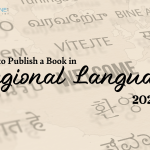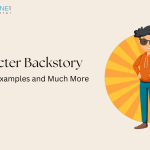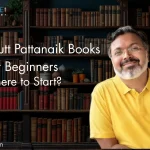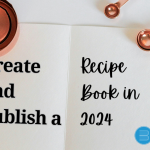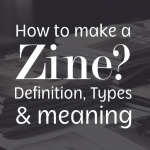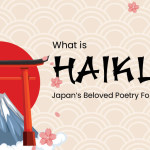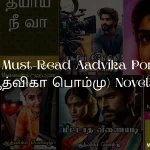Introduction:
Book binding, a time-honoured skill, captures the story of human civilization’s interaction with the written word. Scrolls were the first form of written writing, circa 2400 BCE. These scrolls, made of papyrus or parchment, provided the foundation for the transmission of religious ideas, literature, and historical narratives. The move from scrolls to codices in the first century CE was a watershed moment, with the Romans popularising the book format, allowing for simpler navigation and better information preservation.
The mediaeval period saw the growth of intricate book bindings, notably the Coptic binding style, which originated in Egypt between the fourth and eleventh centuries. Coptic binding, which consisted of stitching gathers directly into a leather cover, had an exposed spine, allowing for flexibility and durability. Simultaneously, illuminated manuscripts filled with exquisite pictures, gold leaf, and costly stones came to represent the riches and cultural refinement associated with the mediaeval aristocracy.
The revolutionary invention of Johannes Gutenberg’s printing machine in the 15th century marked the beginning of a new age of mass book manufacturing. Early printed books resembled handwritten manuscripts, with wooden boards wrapped in leather, clasps, and ornate tooling. The Renaissance period transformed book binding into an art form, with increasingly intricate book bindings using classical themes and reflecting their owners’ intellectual superiority.
The Industrial Revolution of the 18th and 19th centuries resulted in a paradigm shift in book production. Cloth bindings, which can be mass produced at a low cost, supplanted more intricate forms. This democratisation of books allowed for greater access to literature. However, the late nineteenth and early twentieth centuries saw a shift away from tradition. The Art Nouveau style popularised organic patterns, flowing lines, and brilliant colours in book design, whereas the Art Deco period favoured geometric designs, strong lettering, and streamlined forms.
As we stepped into the late 20th century and beyond, book binding continued to evolve with diverse influences. Traditional methods coexisted with innovative techniques, such as exposed spine book bindings, the use of eco-friendly materials, and unconventional structures. The contemporary era celebrates diversity and experimentation, acknowledging the coalescence of tradition and innovation in the craft of book binding.
You may also like: Author Podcasts vs Writing workshops: Which Is Better For You?
List of 10 Types of Book Binding
Book binding is an age-old craft that goes beyond simply securing pages together; it is an art form that enhances the aesthetic appeal, durability, and overall reading experience of a book. In this comprehensive guide, we will delve into 10 must-know book binding methods, exploring their history, techniques, and unique characteristics.
1.Saddle Stitch Binding:
Saddle stitch binding is a simple yet efficient method used for booklets, periodicals, and small publications. In this binding technique, sheets of paper are folded in half and stapled along the spine to keep the pages together.
The technique includes layering folded pages together to form a booklet-like shape. Staples are then hammered through the fold to securely attach the sheets and form a cohesive unit. This strategy is notable for its cost-effectiveness and is especially appropriate for shorter publications when simplicity and speed are critical.
Saddle stitch binding is characterised by its simplicity and flexibility, making it a popular choice for projects with a limited page count. It provides an uncomplicated yet reliable means of book binding, ideal for promotional booklets, event programmes, or small magazines. However, its suitability diminishes for thicker or heavier books, as the staples may not adequately secure larger volumes. Despite this limitation, the cost-effectiveness and ease of production make saddle stitch binding a preferred option for a variety of printed materials with modest page requirements.
You may also like: Top 10 Best Biographies of All Time
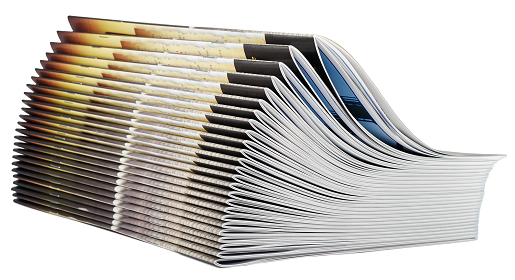
2.Perfect Binding:
Perfect binding is a prevalent method employed in the production of paperback books, known for its seamless and square spine. In this technique, the pages are meticulously gathered into a book block, and a robust adhesive is meticulously applied to the spine. Subsequently, the cover is affixed, resulting in a clean and professional finish that distinguishes paperback publications.
This binding method boasts cost-effectiveness, making it particularly suitable for larger print runs. The appeal of perfect binding lies in its ability to deliver a polished appearance, enhancing the overall aesthetic of the book. However, it’s essential to note that perfect binding may not exhibit the same level of durability as some alternative methods.
While it excels in providing an economical and refined solution for mass production, considerations about the longevity of the book binding may be paramount for works intended for extensive handling or prolonged use. In summary, perfect binding strikes a balance between cost-effectiveness and visual appeal, making it a preferred choice for numerous paperback publications.

3.Spiral Binding:
Spiral binding, alternatively recognized as coil binding, employs a plastic or metal coil threaded through holes strategically punched along the edge of the book. The technique involves perforating holes through the pages, and subsequently, the coil is threaded through, effectively securing the entire book. Notably, this method allows for a complete 360-degree page rotation, enhancing the user’s convenience.
This book binding approach possesses distinct characteristics that render it particularly suitable for specific applications. Spiral binding’s popularity is notably evident in the realm of notebooks, manuals, and cookbooks, where its lay-flat feature proves advantageous.
The binding’s durability is underscored, providing a robust solution for frequently referenced materials. Additionally, the easy page-turning facilitated by the spiral binding further contributes to its suitability for practical, everyday use. However, it’s essential to acknowledge that, owing to its informal nature, spiral binding may not be the most fitting choice for more formal publications where a sleek and traditional aesthetic is preferred.

4.Case Binding:
Case binding, synonymous with hardcover elegance, is a meticulous process that imparts durability and a refined aesthetic to books. This technique involves sewing gatherings of folded sheets and securely attaching them to a cover.
In the execution of case binding, the book block undergoes a meticulous sewing process, enhancing its structural integrity. To further fortify the book, endpapers are added, providing a seamless connection between the content and the cover. The crowning touch involves attaching a sturdy hardcover or case, completing the assembly of a robust and enduring book.
Case binding is synonymous with a high-quality, professional appearance that transcends genres. Whether for fiction or non-fiction, this method ensures not only a lasting impression but also shields the pages from wear and tear.
The resultant hardcover books stand as timeless artifacts, embodying a commitment to craftsmanship and presenting a durable, protective haven for the literary content within. Case binding, with its meticulous technique and enduring characteristics, remains an esteemed choice for those seeking to elevate their works into the realm of enduring literature.
You may also like: The Digital Libraries: Exploring the World of Reading Books
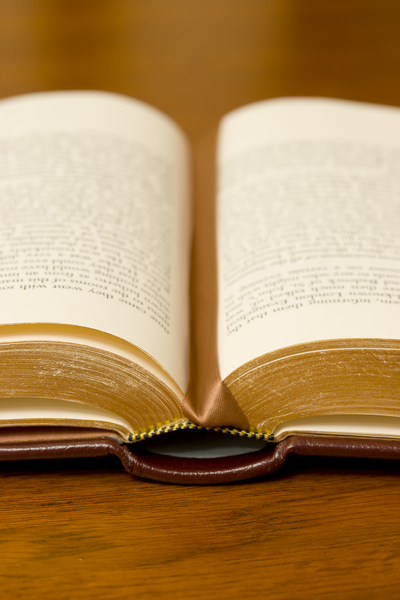
5.Coptic Stitch Binding:
Coptic stitch binding, with its roots dating back to ancient Egypt, stands as a testament to the enduring craft of bookbinding. Originating in the early Christian era, this method diverged from traditional bindings, showcasing a distinctive approach.
The essence of Coptic stitch binding lies in the meticulous sewing of pages using a unique pattern. Notably, the hallmark of this technique is the exposed spine, which allows the book to lay perfectly flat when opened. This method finds particular favor in the creation of handmade or artistic books, offering both functionality and an aesthetic edge.
Renowned for its aesthetic appeal and unparalleled flexibility, Coptic stitch binding is a revered choice for those seeking a decorative and visually striking approach. The exposed spine not only adds a distinctive charm but also enables the pages to unfold seamlessly, providing an immersive and tactile reading experience. Widely embraced for its artistic possibilities, Coptic stitch book binding continues to be a preferred method for creators aiming to infuse uniqueness into their literary or visual works.

6.Japanese Stab Binding:
Japanese stab binding stands as a testament to the enduring charm of traditional book binding methods. This technique, deeply rooted in Japanese craftsmanship, employs decorative stitching along the spine, contributing to the distinctive allure of the finished product.
The process involves a meticulous approach where pages are gathered and precise holes are punched along the spine. The book binding thread, carefully selected for its visual impact, is then delicately woven through these punctures, creating an intricate and meaningful pattern. This technique requires a balance of precision and artistry, resulting in a finished piece that not only binds the pages but also becomes a visual representation of cultural craftsmanship.
Japanese stab book binding is renowned for its simplicity and elegance. This method is a preferred choice for artistic projects and handmade books, providing a unique touch of cultural and aesthetic richness. The distinctive patterns created by the thread not only serve a functional purpose but also elevate the overall visual appeal of the bound book, making it a cherished artifact that seamlessly marries form and function. In choosing Japanese stab book binding, creators embrace a tradition that goes beyond mere bookbinding, infusing their projects with a touch of timeless cultural significance.
You may also like: List of Nobel Peace Prize Winners in India
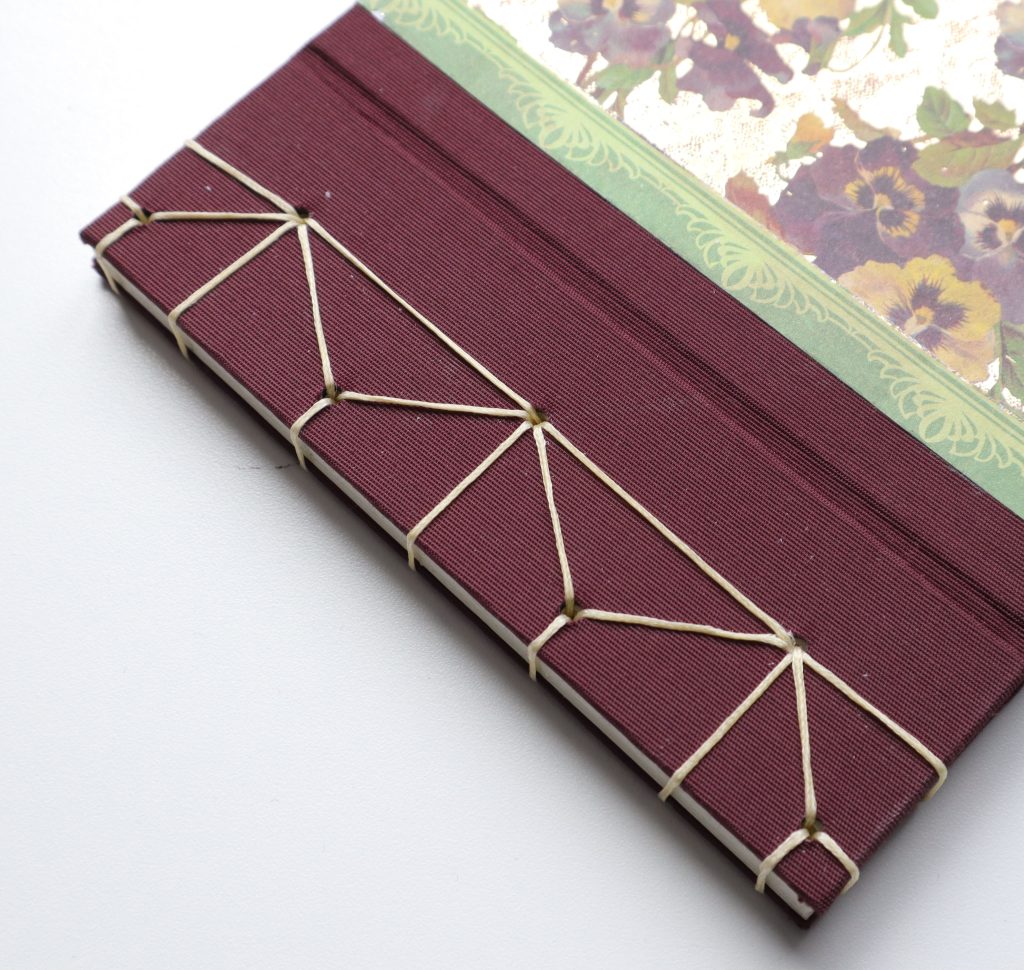
7.Sewn Board Binding:
Sewn board binding represents a time-honored technique that seamlessly blends durability with elegance. In this method, the book block undergoes meticulous sewing, and the gatherings are affixed to robust boards, typically crafted from cardboard or wooden materials.
The technique unfolds as the book block, consisting of gathered and sewn pages, is firmly attached to sturdy boards. This meticulous process not only ensures a robust structure but also imparts a touch of sophistication to the hardcover exterior. The result is a hardy and enduring book, ready to withstand the test of time.
Sewn board binding is distinguished by its remarkable characteristics, notably its strength and resilience. This makes it an ideal choice for crafting archival-quality books and special editions. The inherent sturdiness of the book binding method not only provides protection for the pages within but also enhances the overall aesthetic appeal of the hardcover, making it a preferred choice for books intended to withstand the passage of time.
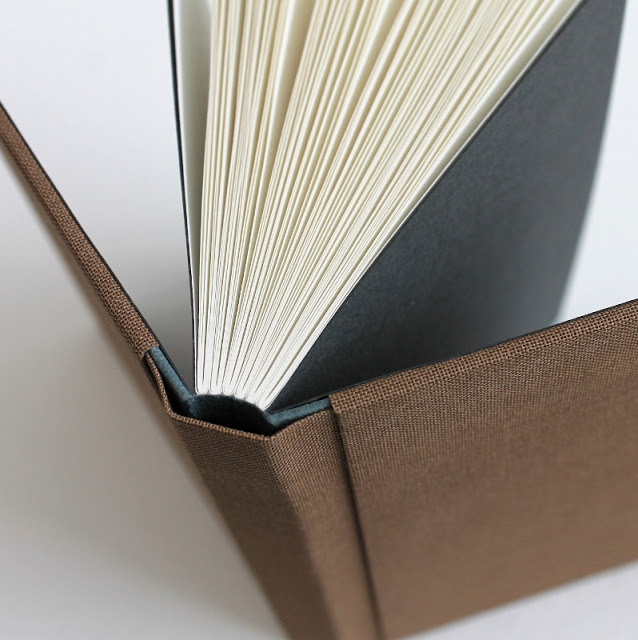
8.Wire-O Binding:
Wire-O binding stands out as a contemporary and practical book binding method. It employs a double-loop wire spine that is meticulously threaded through holes punched along the book’s edge. This technique distinguishes Wire-O binding as a versatile and user-friendly option for a variety of publications.
The distinctive feature of Wire-O binding lies in the seamless integration of its wire spine. Through a straightforward process, the wire spine is deftly inserted through precisely punched holes, ensuring a secure and neat book binding. This method not only guarantees durability but also facilitates effortless page-turning, contributing to a satisfying reading experience. The lay-flat design further enhances the functionality of Wire-O binding, allowing pages to rest flat on surfaces for convenient use.
Wire-O binding finds widespread use in the creation of notebooks, manuals, and calendars. Its popularity in these applications is attributed to its inherent durability and the modern, professional aesthetic it imparts to the finished product.
The sturdy wire spine ensures the longevity of the bound material, making Wire-O binding a preferred choice for publications that require frequent handling. In addition, the sleek and contemporary look enhances the overall presentation, making it an ideal choice for a range of professional and creative purposes.
You may also like: Unlocking Success: How to Sell Books Online Effectively
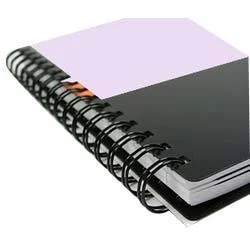
9.Smyth Sewn Binding:
Smyth sewn binding, also recognized as section sewing, stands out as a meticulous bookbinding method characterized by its durability and flexibility. In this technique, individual sections of pages are intricately sewn together, resulting in a robust book block. Following this meticulous sewing process, the sections are affixed to a cover, providing both sturdiness and flexibility to the bound book.
The distinguishing characteristics of Smyth sewn binding make it a preferred choice for the creation of high-quality and enduring books. Its ability to allow for a lay-flat opening enhances the reader experience, providing convenience and comfort. This book binding method has found applications across a spectrum of genres, ranging from fiction to non-fiction and reference books.
The sturdiness imparted by the sewn sections ensures that books bound using the Smyth sewn technique withstand the test of time, making it an ideal choice for those seeking a lasting and aesthetically pleasing binding solution.
You may also read: Book Review: The Rule Breakers a Book By Upreti Shenoy
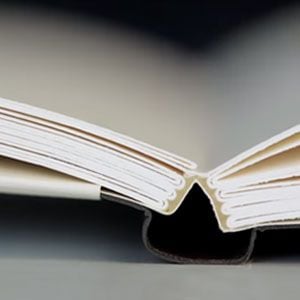
10.Accordion Book Binding
Accordion binding is a distinctive and artistic book binding method characterized by the folding of pages in a manner reminiscent of an accordion. In this technique, the folded pages are intricately attached to the covers, creating a continuous and expansible sheet. This method is frequently employed for projects demanding a non-traditional presentation, especially in the realm of illustrated books or endeavors with a focus on visual storytelling elements.
The hallmark of accordion binding lies in its visually engaging format, offering a unique canvas for creative exploration in design and layout. The accordion-like structure allows the book to unfold seamlessly, providing a dynamic and interactive reading experience. This book binding technique has found particular favor in projects where the narrative extends beyond the conventional confines of a linear progression.
Whether used for showcasing vibrant illustrations or conveying a story through unconventional spatial arrangements, accordion binding stands as a testament to the versatility and innovation achievable in the world of book design.
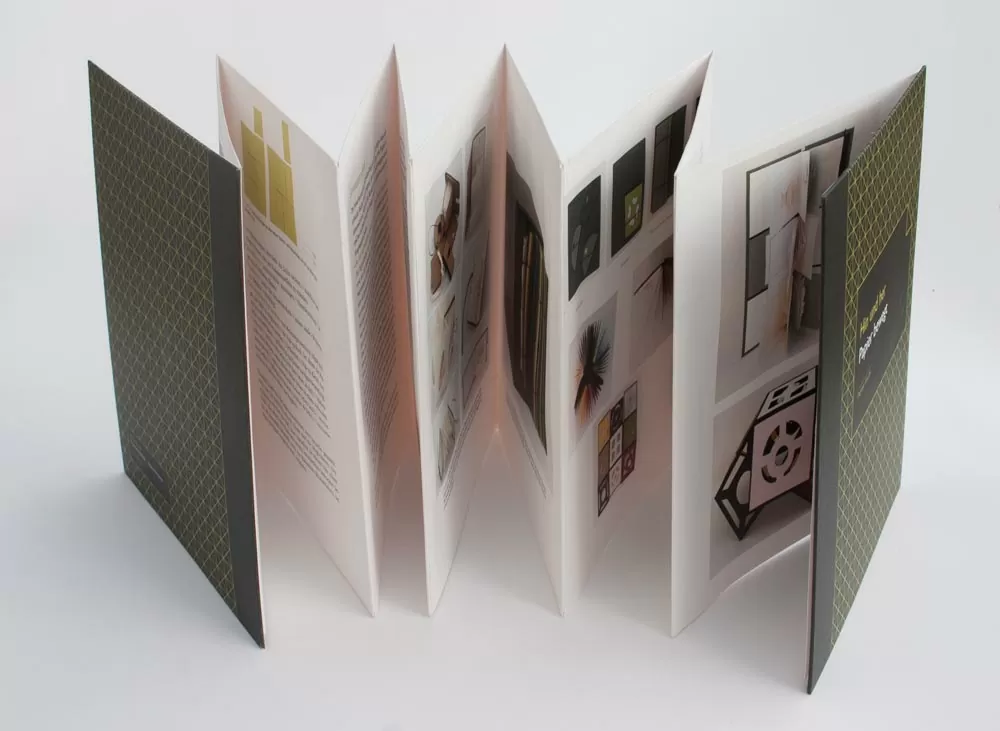
Conclusion:
Exploring the diverse world of book binding methods opens up a realm of possibilities for both seasoned and aspiring book creators. Whether aiming for durability, aesthetics, or functionality, each book binding method has its own unique characteristics. Understanding these techniques empowers creators to choose the most suitable method for their specific project, ensuring that every book becomes a masterpiece in its own right.
You may also like: How to Create a Suspense in Your Story? A Beginner’s Guide





